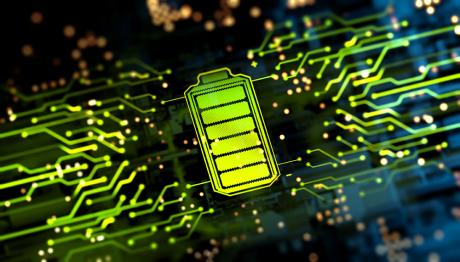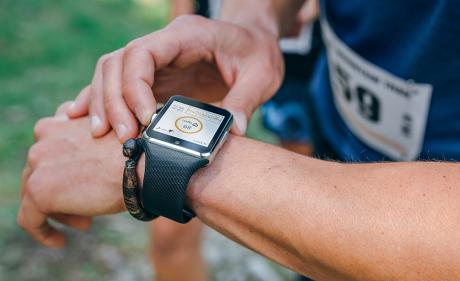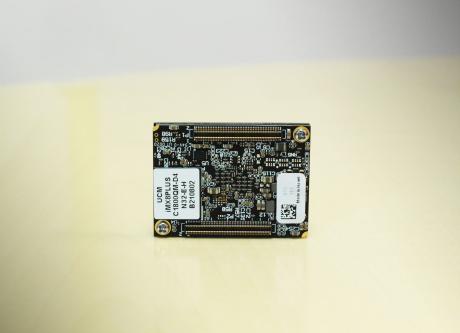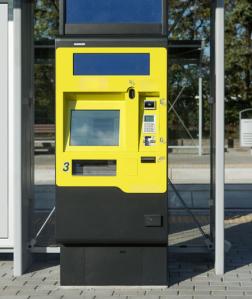The battery! Some may see that tiny lightning bolt icon flashing in the corner of their device, and their heart will go into their mouth. Adding battery and Wi-Fi to the hierarchy of needs acknowledges we live in a technology dependent world.
And BOOM, welcome to the world of the Smart and Connected IoT devices that we now can’t imagine being without.

But, as we look to our technology to do more and more for us without draining our battery life, how do we optimise?
Our ‘Always Listening/Always On/Always Sensing’ Culture
Our smart speakers, smartphones, and our smart home entertainment system all have “always-listening” voice-command capabilities. Working from home, we talk to ‘Alexa’ more that we do our partners!
Whether you like it or not, camera-based devices performing facial detection or gesture recognition are “always watching.” Just remember not to shop whilst in the shower!
And with the increase in awareness of our physical and mental wellbeing, health and fitness monitoring devices must be “always sensing”, which is for our benefit, and if you don’t share it on Facebook, have you even exercised?!
So, with all these ‘operations’ running in the background, plus what we need to do in the foreground, how do we balance power efficiency and processing performance?

Smart Devices Should Be Designed for Power Efficiency!
Design engineers are constantly working to optimise their energy consumption targets, and “low power” has been a longstanding chant in the Engineering Department.
But here the conflict of interest exists:
“Lower power with greater performance please…” is the cry from the Marketing Department, as we’ve addressed above, we all always want more for less, don’t we?!
Anders understands these needs and we are working to bring you the latest embedded processors, to minimise your power consumption! The iMX8 family of processors employ clever techniques to minimise wasted power.

Chip designers refine and improve performance with each generation of device. Innovations continue to extend the power-conscious embedded designer’s toolbox; like the Energy Flex architecture of the i.MX 8ULP and i.MX 8ULP-CS families announced recently by NXP.
Read our full article to find out:
- How the latest embedded processers can help you to minimise your power consumption
- The power management features available in i.MX 8 processors
- How system power modes work to reduce power consumption
- And more!


